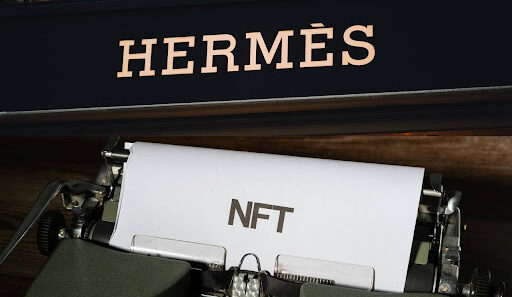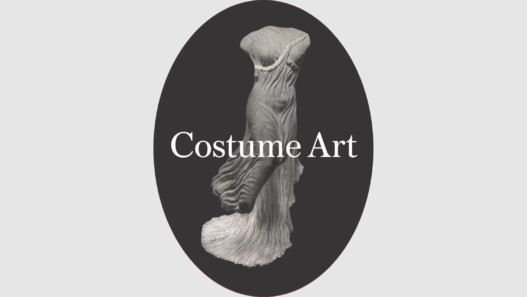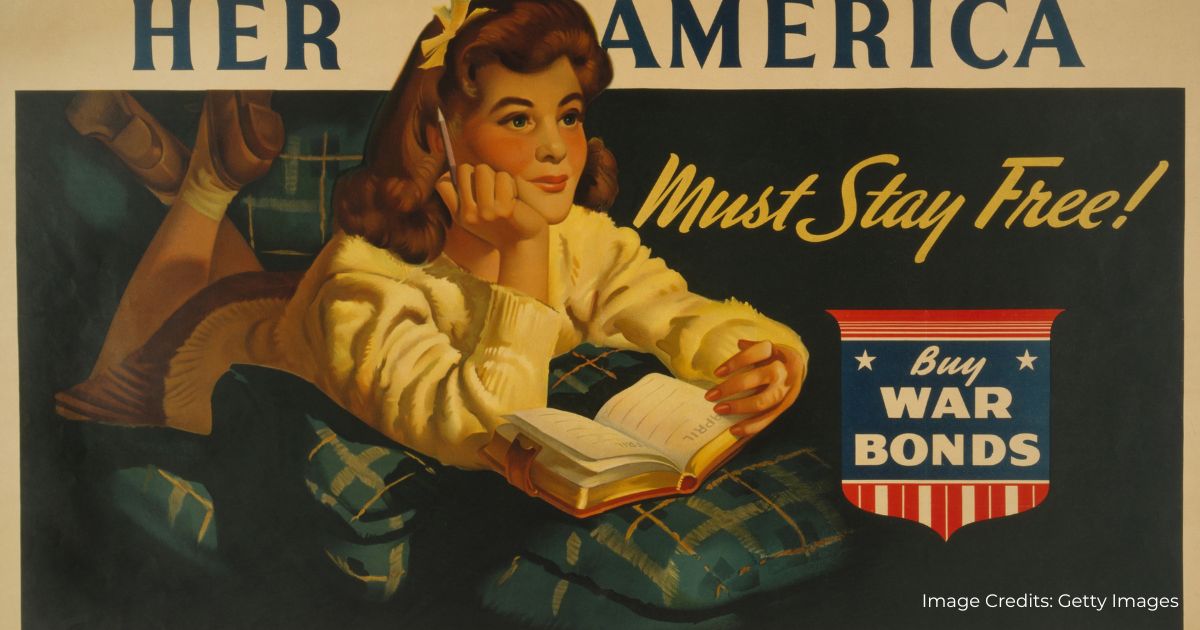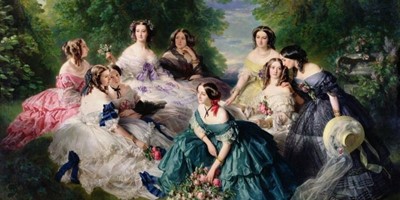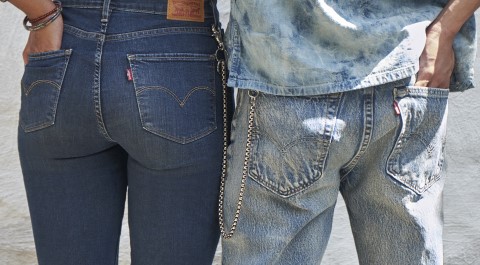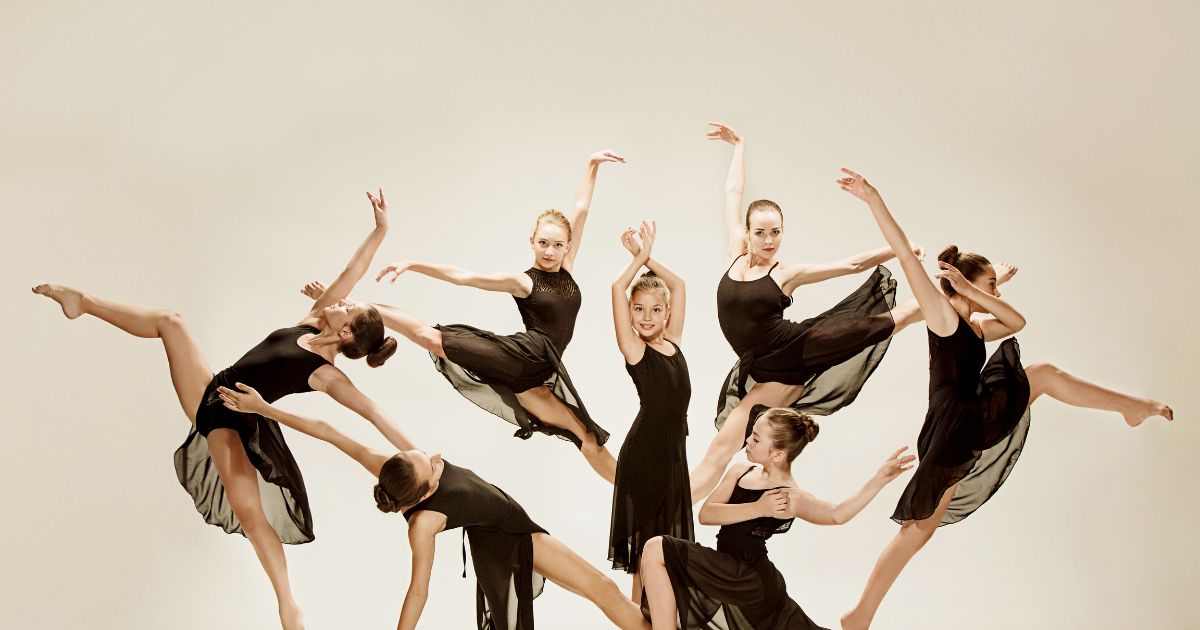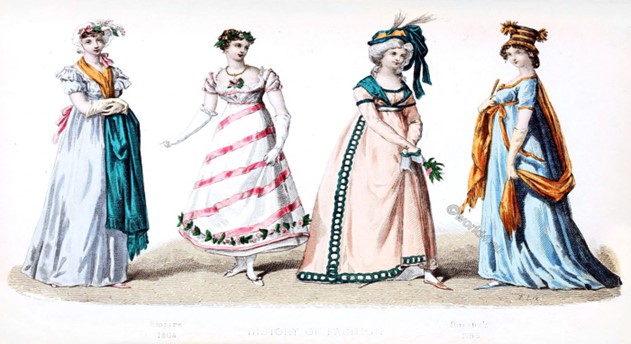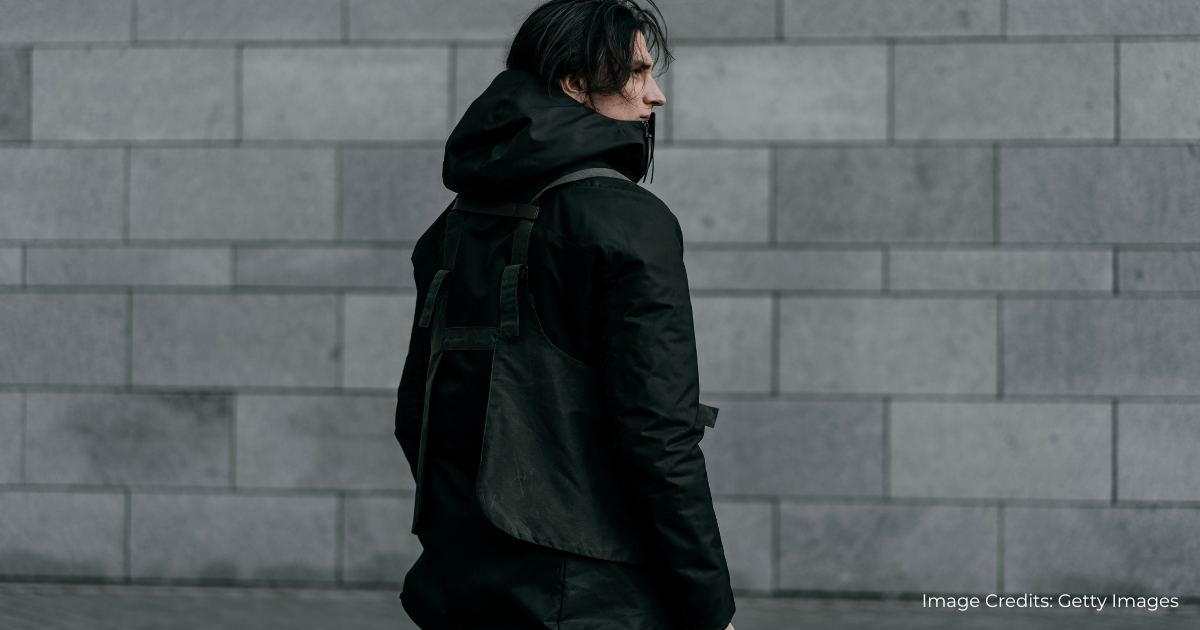“Fashion is not something that exists in dresses only.
Fashion is in the sky, in the street,
fashion has to do with ideas,
the way we live, what is happening.”
(Coco Chanel)
It is hardly disputable that Coco Chanel knew well what fashion stands for. Her idea of fashion as something constantly evolving can barely be challenged. The truth is that fashion never stagnates. Its trends depend highly on what is going on in the world, on whether we thrive or suffer, and on whether the world is at war or at peace.
The first half of the 20th century was one of the most turbulent periods in the world history: two world wars, the Spanish civil war, the Great depression in the USA, to name just few of the major milestones of the time.
World War II in particular, was an epic and pivotal conflict, which involved almost every nation in the world and changed the world architecture dramatically. However, as it appears, fashion and style transcended a conflict even of a scale that enormous and managed to evolve through battles, shortages, rationing, and consequent saving and scrimping.
The 1930s – pre-war fashion
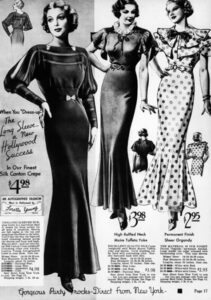 |
1935 Sears Roebuck Catalog
«Autographed Fashion Worn In Hollywood By Loretta Young».
Source: https://www.posterazzi.com/a-page-from-a-1935-sears-roebuck-catalog-offering-an-autographed-fashion-worn-in-hollywood-by-loretta-young-dress-for-sale-history-item-varevcsbdcatacs003/ |
A good way to get a clear picture of how fashion transformed during the war period is to turn to the styles and patterns of the 1930s. The fashion of the 1930s was all about opulence, ruffles, frills, and intense femininity.
As for the capital of fashion design, it had without any doubt been Paris – a hothouse of couture and fashion all the way up to the outbreak of World War II. Coco Chanel, Elsa Schiaparelli, Madeleine Vionnet, from impeccable elegance to unique extravagance and sophisticated art of draping – Paris was the epicenter of it all.
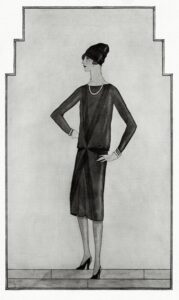
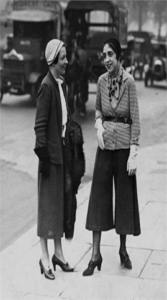
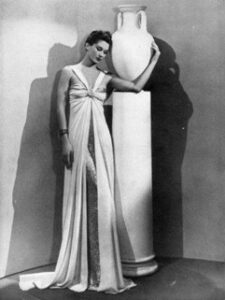
The Little Black Dress illustration by Coco Chanel in American Vogue, 1926.(pic 1)
Elsa Schiaparelli wearing a jupe-culotte by Maison Schiaparelli. London, 1930s. (pic 2)
Greek vase-inspired designs by Madeleine Vionnet. 1930s. (pic 3)
Another prominent French designer, Jeanne Lanvin, exemplified the 1930s trends in her Robe de Style, inspired by court dresses of the 18th century, featuring a dropped waist, wide skirt, lace, and artificial flowers, thus embodying youthful romanticism and femininity in a meticulously smart way.
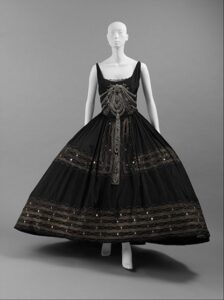
1930s Jeanne Lanvin Haute Couture Robe de Style
Despite the Great Depression, which drove many couture lovers into bankruptcy, Paris fashion houses continued to thrive, though having to adapt to new conditions and new clients by offering more affordable, yet still chic and glamorous clothing.
However, the situation changed dramatically with the outbreak of the World War II, when the epoch of allure and glamour came to an end and had to give way to austerity, simplicity, and constraints.
Wartime fashion
Nevertheless, wartime fashion was still fashion, yet functional and practical. The industry immediately responded to new conditions by bringing to life revolutionary items relevant to the new reality, e.g., handbags containing special compartments for gas masks and buttons designed to glow in the dark during blackouts.


Imperial War Museum
The war also brought about the shortage of fabric: wool started to be used for uniforms whereas silk served as a raw material for parachutes. Likewise, metal had to be preserved for the war effort, thus restraining its use for zippers, buttons and clasps. That was how natural fibers were replaced by nylon, and how elaborate designs were swapped for plain silhouettes.
Interestingly, the war gave rise to new centers of fashion design. When the Nazi invaded and occupied Paris, many luxury maisons closed their doors or had to flee the city. That was the time when American designers stepped up and filled in the vacant position as leaders in the world of fashion and style. Two American designers, Claire McCardell and Norman Norell, took the lead and introduced revolutionary designs. The former started to utilize denim and jersey for classic dresses and invented a wrap popover dress, casual and flexible, which could be worn in a variety of ways – as a swimsuit cover-up, a dressing gown or as a mere house dress.
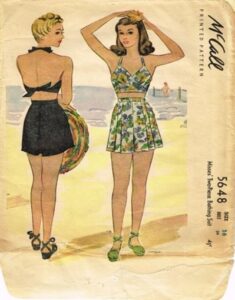
An easy-to-wear popover dress by Claire McCardell.
As for Norman Norell, he was the first to introduce the chemise dress (aka shirt dress), straight-cut and embellished with sequins, which, by the way, were not rationed at the time.
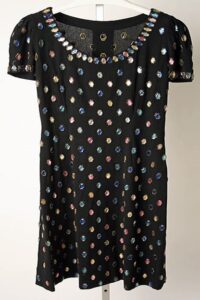
Norman Norell’s 1942 collection.
One of the most controversial, scandalous and exciting changes that the war brought about was a two-piece swimsuit. It is hard to believe today that the design was developed as a result of the US government’s 1943 order to reduce the quantity of fabric utilized for bathing suits by 10% in line with fabric rationing policy.
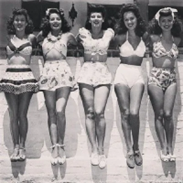
1940s bathing suits
Another important item in a woman’s wardrobe – silk stockings – came under restriction during the war. Owing to the shortage of fabric, they simply disappeared from stores. A solution was found by Elizabeth Arden, who introduced the Velva Leg Film – a moisture film providing a sheer-textured and exquisite finish to legs.
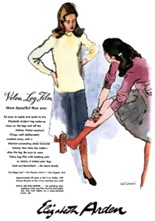
Elizabeth Arden Velva Leg Film
Some ladies went even further and drew back seams on their improvised stockings with a black eye pencil to complete the look.
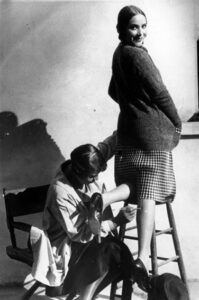
A woman drawing a straight line down the backs of another woman’s legs.
Another fashion trend that emerged in response to unavailability of silk stockings was a bobby sock – ankle-length socks, traditionally plain white, but sometimes even ornamented, worn by women and teenage girls. Notably, the trend coined a term – bobby soxers – referring to female fans of pop music, especially those worshipping Frank Sinatra.

Furthermore, the war caused a significant transformation in gender roles and took women to factories, plants, and government organizations to perform jobs previously done by men.
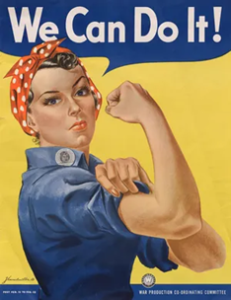
Rosie the Riveter – a romantic and heroic allegory of an independent woman-worker, created by an American artist J. Howard Miller in 1942.
As every major social, political, and economic change generally does, this alteration in gender roles also affected fashion design trends. Thus, towards the end of 1941 the British government came up with an idea of introducing the so-called utility clothing, which would support the economy and aid to conserve raw materials indispensable for the war effort (e.g., leather, wool, etc.) The so-called utility look, minimalistic and simple, made its way to the fashion scene. London’s top designers of the time, in accordance with the British government scheme, produced collections featuring straight skirts hemmed right below the knee and solid low-heel shoes.
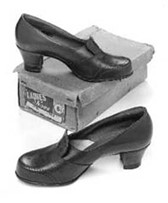
Utility shoes of the 1940s
Women started to wear pants. At first because pants made it easier to perform factory jobs. However, as time went by, the trend took roots and stayed there as an every-day attire, which, however ironically it might sound today, brought disappointment to certain influential trend-setters of the time, e.g., the Vogue magazine.
| «We deplore the crop of young women who take war as an excuse for… parading about in slacks» | Vogue magazine, 1939.
Source: https://www.vogue.co.uk/arts-and-lifestyle/article/audrey-withers-vogue |
Undoubtedly, the war altered every aspect of human life. Fashion, as ever-transcending, flexible and ever-evolving as it is, changed and developed to respond to each and every requirement of the epoch. However, in the world of fashion every end is a new beginning in disguise. The end of World War II was no exception. It brought new hopes for prosperity and well-being, so fashion trends evolved accordingly.
Post-war fashion
For a certain period of time, while Paris was under the Nazi occupation and Europe was under harsh rationing restrictions, the US played a leading role in fashion. Even several years after the war, America saw fewer rationing constraints. This created a favorable setting for fashion to thrive and translate into the American look, which was relaxed, comfortable and fresh, featuring leather shoes and gloves, and bright colors.
However, America ceased to be a hothouse of design and style in 1947 when the French designer, Christian Dior, launched his iconic and sensational New Look collection, which returned all the attention to Paris – the capital of fashion. The term New Look was coined by the editor of the American Harper’s Bazaar, Carmel Snow.
| «It’s quite a revolution, dear Christian! Your dresses have such a new look!» | Carmel Snow, 1947.
Source: https://www.jstor.org/stable/10.1086/659383 |
The collection was aimed at honoring the woman, who was no longer a factory worker, but an elegant and glamorous lady thrilled to enter the new, post-war life, full of joy and ever-lasting prosperity. WARdrobe gave way to excessive quantity of fabric, exquisite styles, soft lines, and high heels. The story is a proof that in the most difficult times fashion does not falter. Conversely, in its dynamism, it reflects values and lifestyle of the society, responds in a timely manner and makes the most of it.
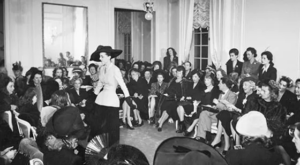 |
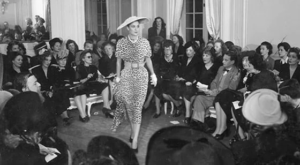 |
| February 12, 1947 – the presentation of Christian Dior’s iconic New Look collection.
Source: https://www.dior.com/couture/en_at/the-house-of-dior/the-story-of-dior/the-new-look-revolution |
|
References:
https://www.harpersbazaar.com/fashion/designers/g32971271/best-coco-chanel-quotes/
https://www.metmuseum.org/art/
https://www.dailyartmagazine.com
https://www.iwm.org.uk/history/how-clothes-rationing-affected-fashion-in-the-second-world-war
https://www.nyhistory.org/blogs/claire-mccardell-an-american-innovator
https://rosietheriveter.net/fashion-at-war-how-wwii-changed-women-fashion/
https://www.cosmeticsandskin.com/companies/elizabeth-arden-1945.php
https://www.theguardian.com/century/1940-1949/Story/0,,127764,00.html
https://www.encyclopedia.com/children/encyclopedias-almanacs-transcripts-and-maps/bobby-soxers
http://museumcollections.hullcc.gov.uk/collections/storydetail.php?irn=233&master=200
https://www.jstor.org/stable/1316093
https://www.jstor.org/stable/10.1086/659383
https://vintagedancer.com/1940s/womens-1940s-pants-styles/
https://collections.vam.ac.uk/item/O138234/new-look-jacket-dior-christian/
https://www.dior.com/couture/en_at/the-house-of-dior/the-story-of-dior/the-new-look-revolution





